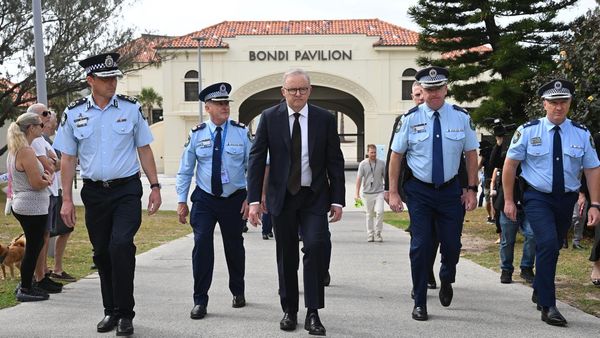
Rachel Reeves has already seen the most significant numbers setting the backdrop for next month’s budget – the Office for Budget Responsibility’s (OBR) forecasts for five years’ time, when her fiscal rules are judged.
But September’s public finances data, published on Tuesday, will hardly have lightened the mood in No 11 as she draws up plans for tax rises and spending cuts.
Even before the impact of the U-turns on winter fuel payments and disability benefits hits, the Office for National Statistics (ONS) found that the deficit in the first six months of the fiscal year was £7.2bn higher than the OBR predicted at its last forecast in March, at £99.8bn.
The size of the overshoot does seem to be narrowing, however, with September’s deficit only £100m adrift of the OBR’s expectations.
Higher than expected inflation and wage growth should be helping to increase income tax receipts, as more workers are dragged into higher tax bands – though the flipside is higher than expected payments on inflation-linked government bonds.
There was some moderately helpful news in the detail of the data, too. The ONS had already pointed out that an error in VAT estimates had put its estimates for the deficit off course by £2bn for the year so far.
Because of this and a higher estimate for other tax receipts – only partly offset by higher than expected spending – it now believes public sector net borrowing was £4.2bn lower than previously thought.
This first year of Labour’s own spending plans, set out at the chancellor’s first budget, was always meant to be a generous one – she promised a significant uplift in spending on crumbling public services.
However, while there were no shocks in this latest snapshot, it does show the mountain Reeves has to climb, to meet her first fiscal rule of balancing day-to-day spending with tax receipts at the end of the forecast period.
The ONS said that the current budget deficit – the key measure for this rule – was running at £71.8bn for the year so far – £10.6bn, or 17.2% more than in the equivalent six-month period last year.
Public sector net borrowing, excluding public sector banks, was £20.2bn in September alone – £1.6bn more than the same month in 2024, and the highest September borrowing since the pandemic.
The consolidation in the public finances was always meant to come later in the parliament, according to Reeves’s plans set out at last year’s budget.
The Treasury was keen to point out the International Monetary Fund’s verdict that the UK is planning the largest primary deficit reduction in either the G7 or the G20 over the next five years.
But that leaves all the hard work yet to come, and the politics of either hefty tax increases, or reining in the growth rate of spending in cash-starved Whitehall departments, will be hard to make stick, for an already unpopular government.







